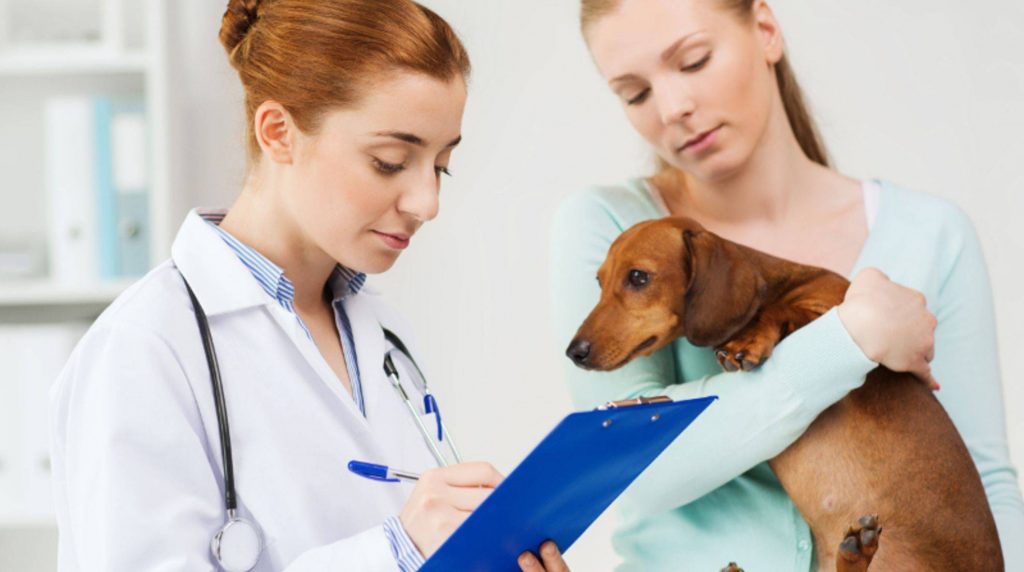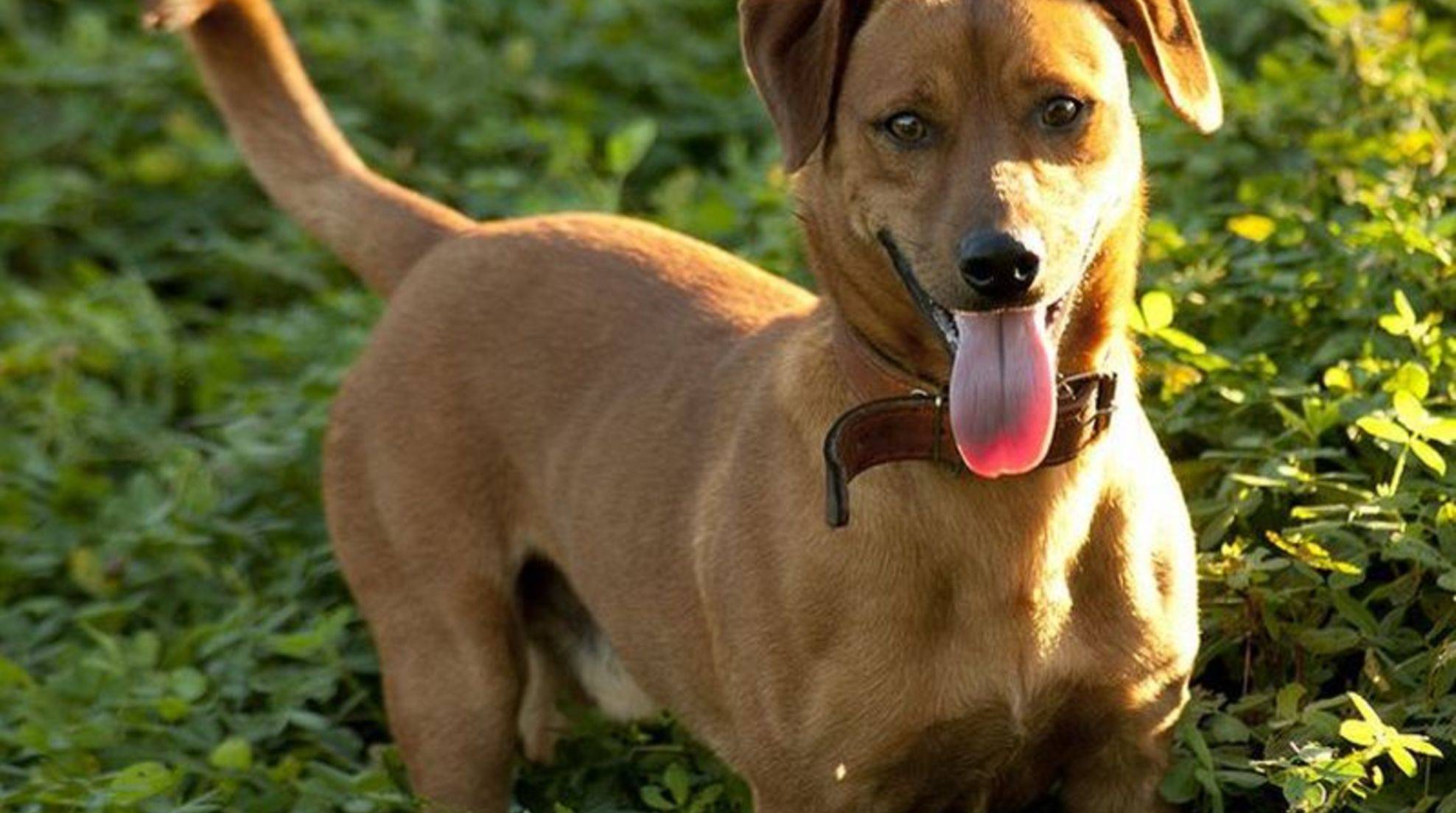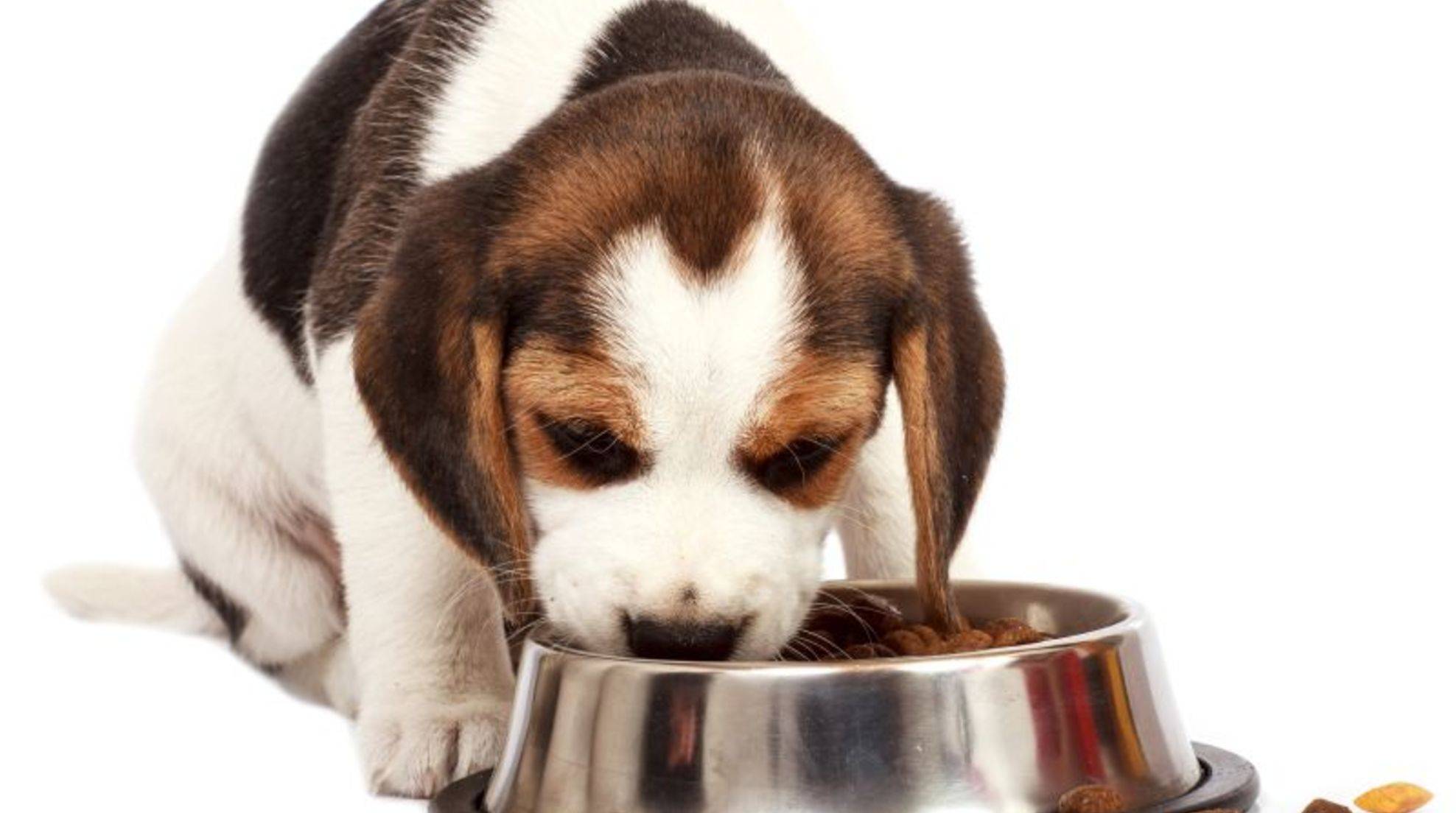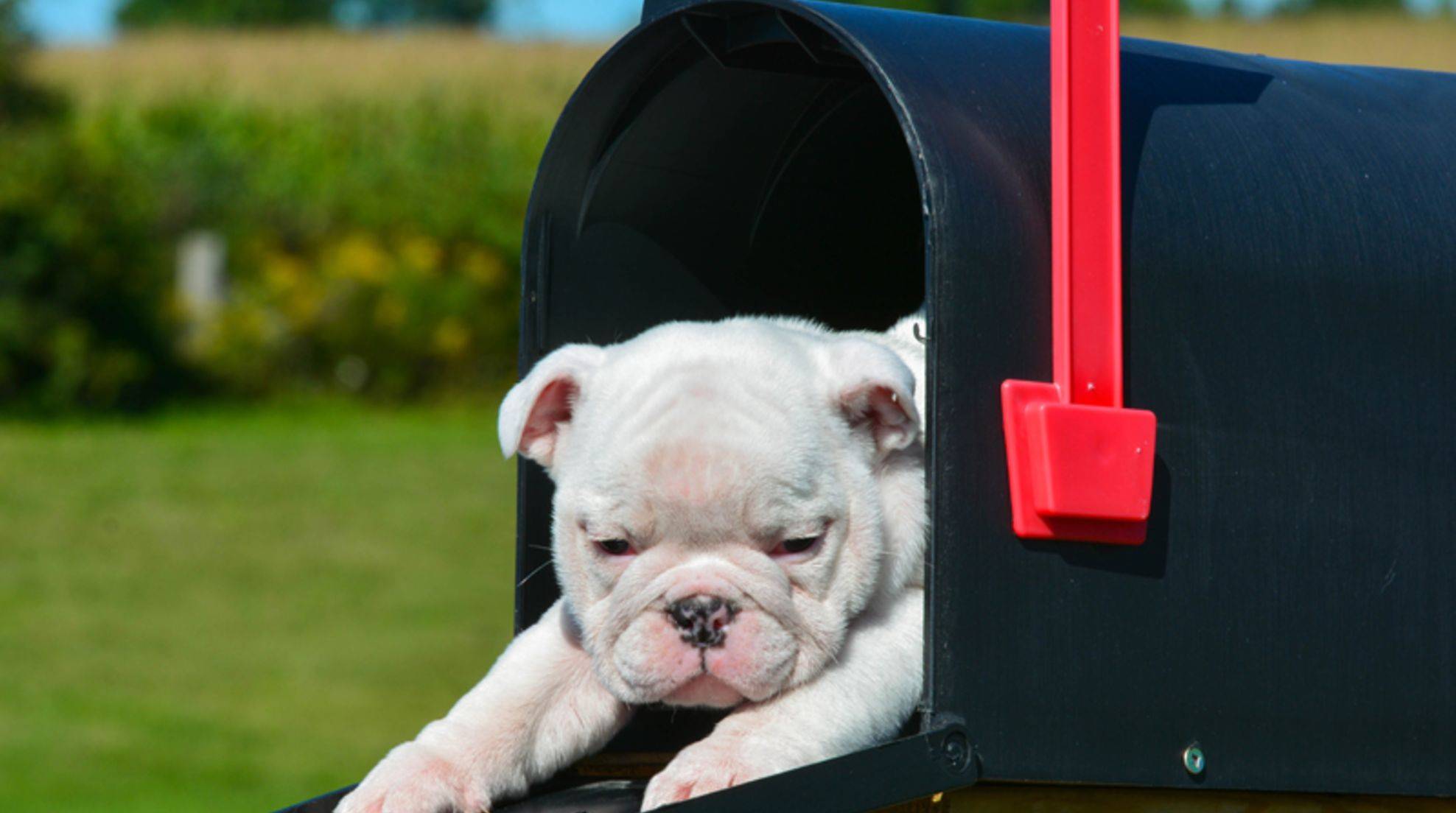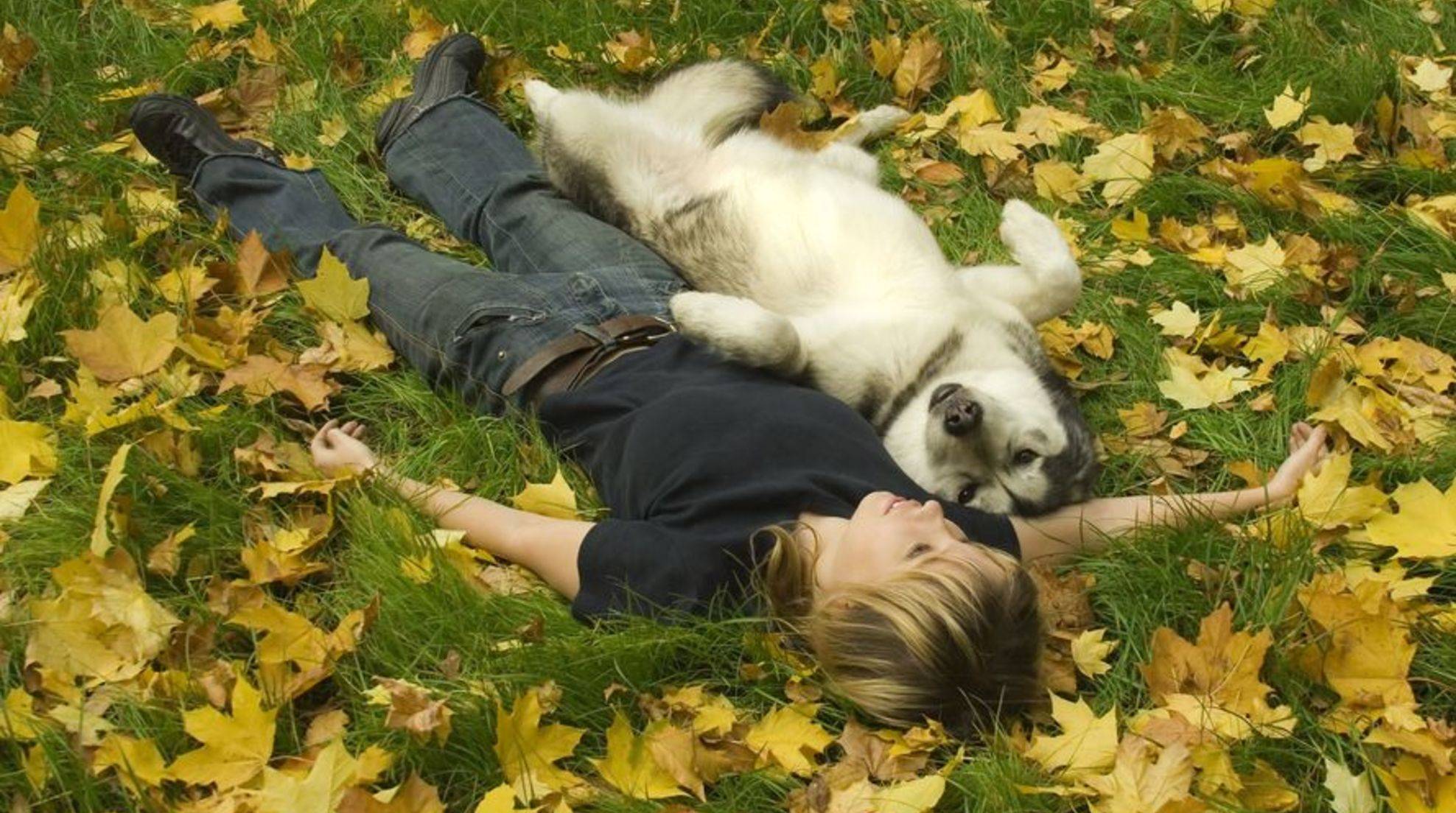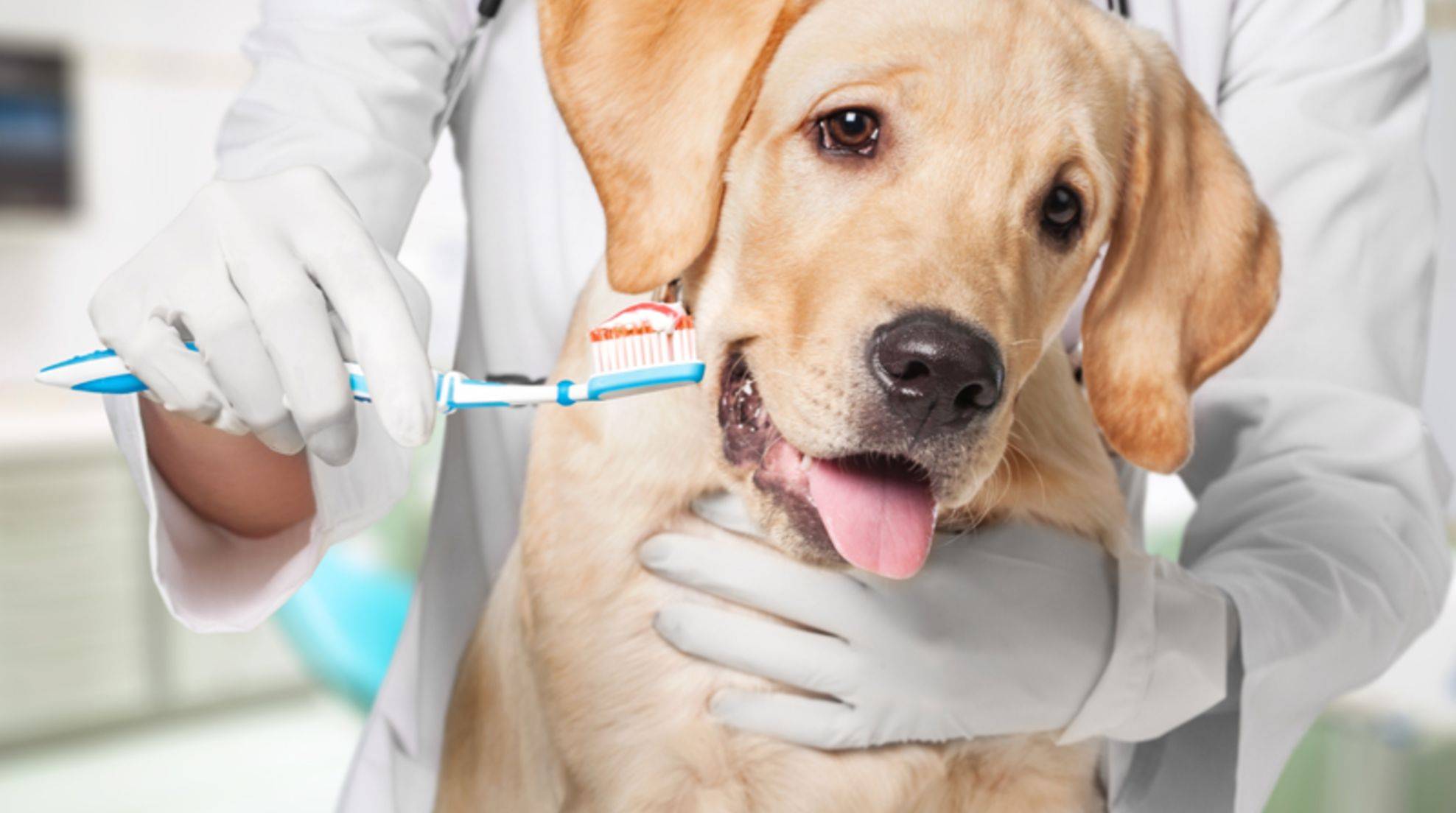Inflamed anal glands in dogs: symptoms, causes, treatment
The anal glands in dogs secrete scent marks so that the dog can mark its territory. Unfortunately, the glands at the anus can become inflamed. What symptoms anal gland inflammation brings with it, what causes it and what the treatment of the disease looks like, you will learn here.
Tiny dog breeds such as Beagles, Maltese, or spaniels are more often affected by inflamed anal glands than larger dogs. The inflammation is usually very unpleasant for a dog, so you should take the patient to the vet as soon as possible.
Anal gland inflammation in dogs: what is it exactly?
The anal glands produce a secretion that contains the individual scent mark of each dog. This secretion is absorbed by so-called anal sacs located to the left and right of the anal opening. Especially when the dog defecates, the anal pouches release the scent mark secretion to the outside.
However, the secretion may thicken, or your dog may not be able to defecate due to a blockage or other defecation disorder. As a result, the secretion cannot pass freely through the anal glands and pouches. Bacteria then have an easy time and can cause anal sac or anal gland inflammation in your dog. This is usually associated with unpleasant itching and pain for your four-legged friend.
Symptoms of anal gland inflammation
One of the most common signs of inflamed anal glands is “sledding.” Due to the sometimes intense itching and feeling of pressure, the dog presses its rear end on the ground and paws back and forth with it.
Your pet will often try to reach the anal region with its tongue or bite its tail. If the disease progresses, boils, abscesses, or eczema can form, which you can recognize by the strongly reddened anus.
Fistulas can also form, which are difficult for the layperson to recognize. However, if your dog suffers from anal gland inflammation, you will often notice the pain when he tries to defecate. Whimpering or yelping can be symptoms of difficult, painful defecation. In addition, your four-legged friend may move less and no longer want to sit.
Inflamed anal glands in dogs: possible causes
Inflammation of the anal glands in dogs is highly unpleasant to them. There are several possible causes for the disease. As a rule, anal gland inflammation is caused by sticking or blockage of the anal glands. This can happen, for example, as a result of diarrhea in the dog.
The secretion can no longer be released due to a blockage or adhesion of the glands and then becomes viscous. This allows bacteria to enter and cause anal gland inflammation. Other possible causes of inflammation are excessive glandular function or allergic reactions.
Diagnosis: Does the dog have anal gland inflammation?
If you recognize symptoms in your dog that indicate inflammation in the anal area, your four-legged friend should be examined and treated by a veterinarian as soon as possible. If not treated, anal gland inflammation can also become chronic.
The veterinarian will examine your four-legged friend physically, which means that he will first inspect the affected area at the anus. If there is swelling and redness here, it is usually an inflammation of the anal glands.
To be sure, the veterinarian will gently palpate the area and see if your dog feels any pain. Often, the doctor will manually massage the anal glands to secrete the secretion, which is then examined in more detail.
It is essential to rule out other diseases and causes, such as an allergy to flea saliva or foreign objects stuck to the anus. Only when the doctor is sure that it is anal gland inflammation and what has caused it can treatment be initiated.
The severity of anal gland inflammation in dogs
If anal gland inflammation is not treated, it can cause serious problems such as severe pain and fever. There are different degrees of severity, which often break down like this:
The anal sacs are complete and do not empty when the dog defecates. They are dilated.
Due to bacteria, the inflammation is purulent and possibly bloody. Itching and problems with defecation set in.
Painful abscesses or even fistulas form. Pain can be severe at this stage, and fever may be present.
Treating anal gland inflammation in dogs
Therapy for inflamed anal glands usually begins with the veterinarian squeezing out the anal sacs, i.e., gently massaging out the secretion they contain. However, this is only successful if the secretion is liquid or viscous and has not hardened. If this has already happened, the hardened secretion must be soaked before the veterinarian can flush it out. Possible abscesses must be cut open.
After the veterinarian has squeezed out the secretion, they flush out the anal glands with an anti-inflammatory solution. Depending on the severity of the inflammation, antibiotics are also used. In this way, the actual anal gland inflammation is combated. As a rule, this procedure is repeated a few more times until the rash has completely subsided.
If the anal gland inflammation in the dog is chronic or if there are severe fistula and ulcer formations, an operation or the removal of the anal sac is conceivable. Your veterinarian will advise you in detail.
Can inflammation of the anal glands be prevented?
If your dog is predisposed to anal gland inflammation, you can regularly massage and empty his anal glands at home. However, be sure to consult with your veterinarian before doing so, as the correct actions are not easy, and the procedure may not be appropriate for every dog. Let your veterinarian show you precisely what to do and what hygiene measures to follow.
In the video, you can see how such an emptying can look like:

